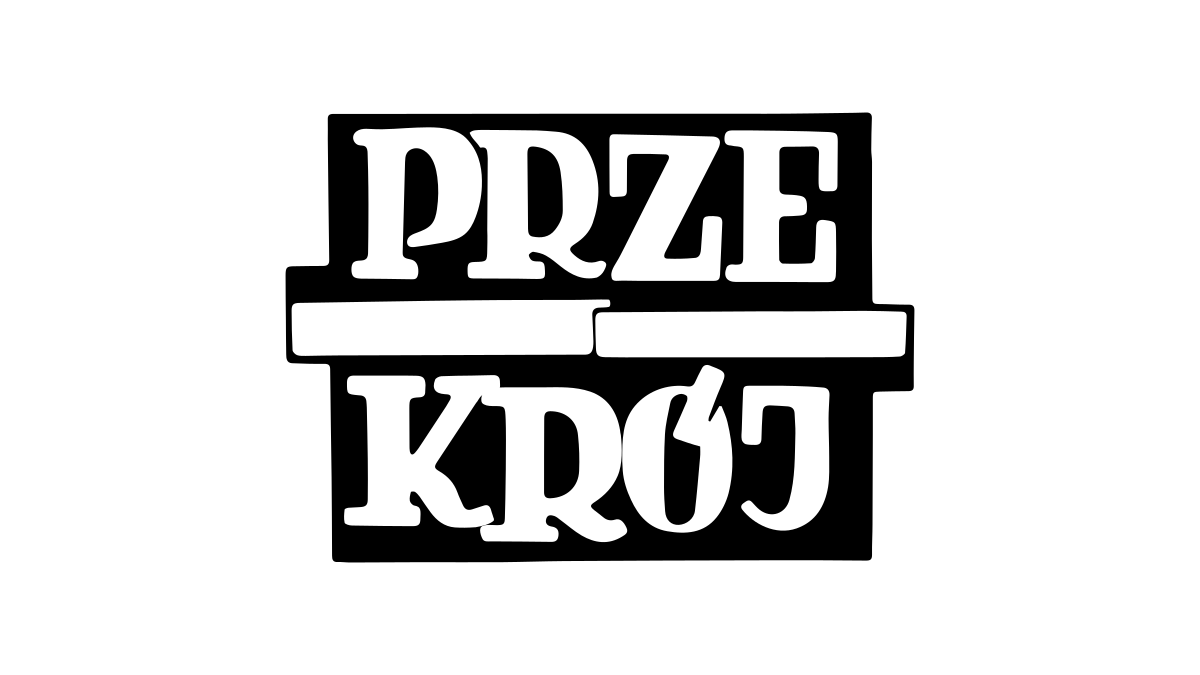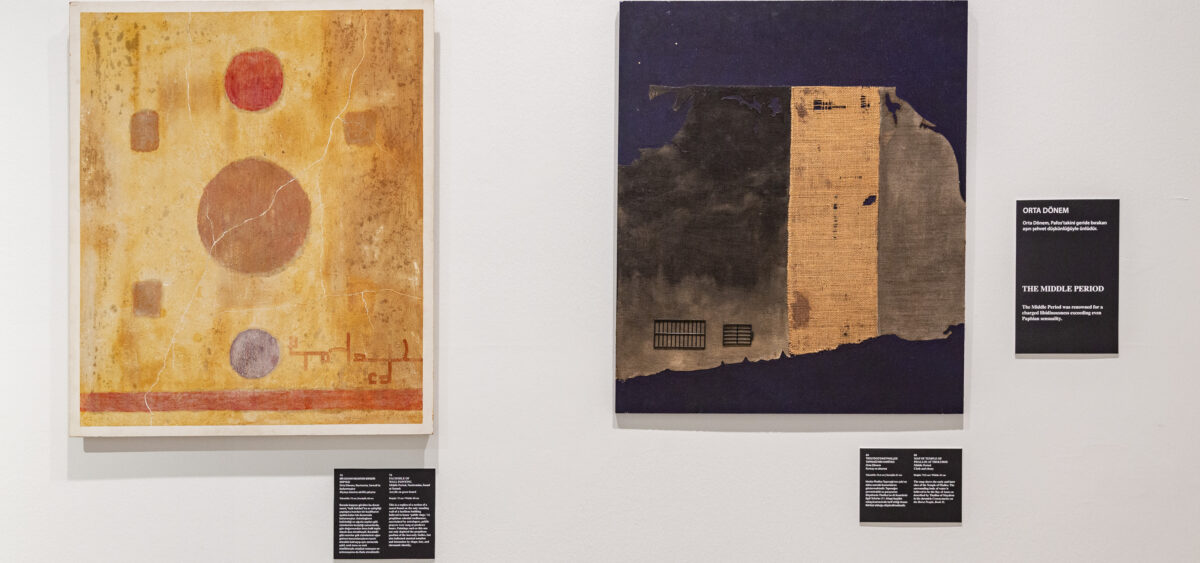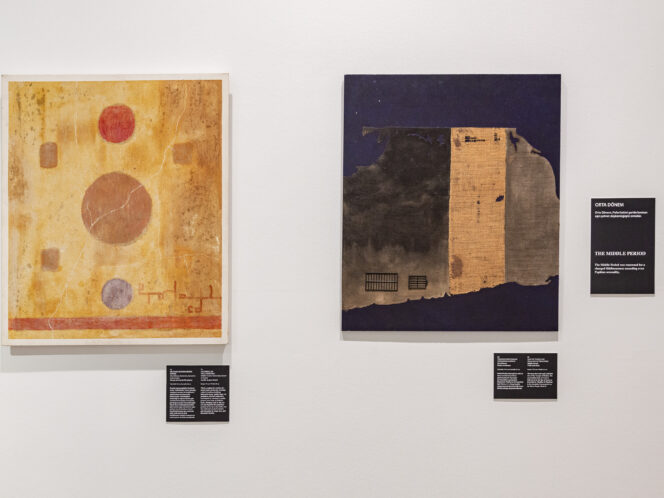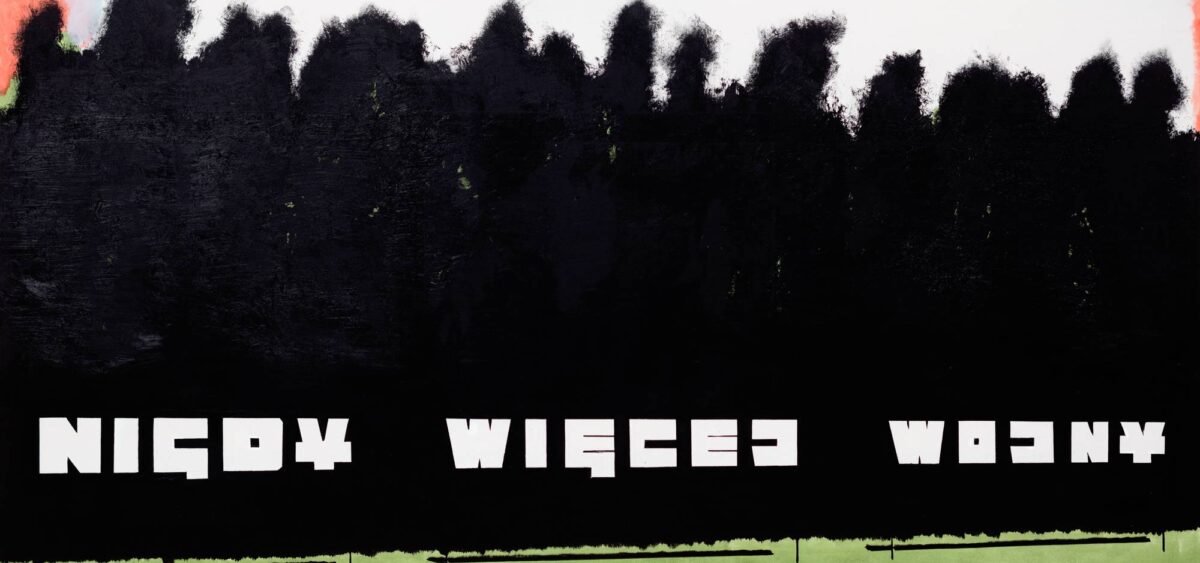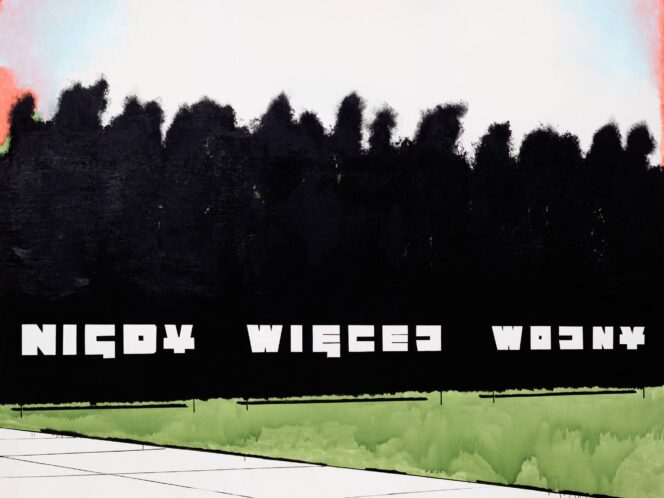
The Seventh Continent keeps on growing. It feeds on plastic waste dumped by all the people who live on the other six. Will it take over the entire world, turning into a new Pangea – no longer the seventh, but the only continent, made of plastic? So far, it has reached Turkey and become the focus guest of the big fat 16th Istanbul Biennial.
Mornings in Istanbul are epic; the sun shines through thick layers of smog, lending the light surreal hues. You don’t need to set an alarm in order to see this spectacle; the streets of the Beyoğlu district in the city centre are clogged already before dawn and stay this way until late at night. The noise of engines and horns makes the pollution dust tremble in the air.
No wonder the Biennial opens with a piece made from smog, no less. Croatian artist Dora Budor encapsulated polluted air in large glass containers, before adding dramatic lights, making the dust dance to the rhythm of the vibrations transmitted from the building sites nearby. How beautiful they look, those clouds of colourful chemical mist. Nicolas Bourriaud, the exhibition curator, notes how the installation brings to mind the eerie atmosphere of William Turner’s paintings. The English painter, known as the precursor of impressionism, left his mark on the pages of art history as the first artist who painted smog back in the 19th century, when the industrial era was still young. Bourriaud suggests that we see Turner as the father of Anthropocenic art, stemming out of the new geological era that holds humans at its centre, albeit not necessarily in a good way. In this way, the participants of the Biennial – all the artists invited here to consider what humans have done to the world – are William Turner’s children.
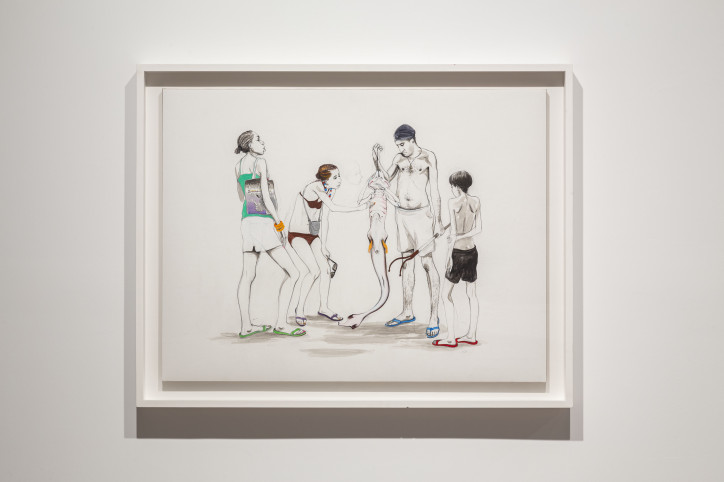
The last time I visited the Istanbul Biennial was in 2013, when the exhibition took place in the shadow of protests and riots. It all started with the public blockade preventing the cutting of trees in Gezi Park, a patch of green in the heart of the city, near Taksim Square. The conflict ended with a clash of the liberal, secular Turkey against the increasingly conservative and authoritarian rule of President Erdoğan; it was a conflict that lasted for a month. During that time,
